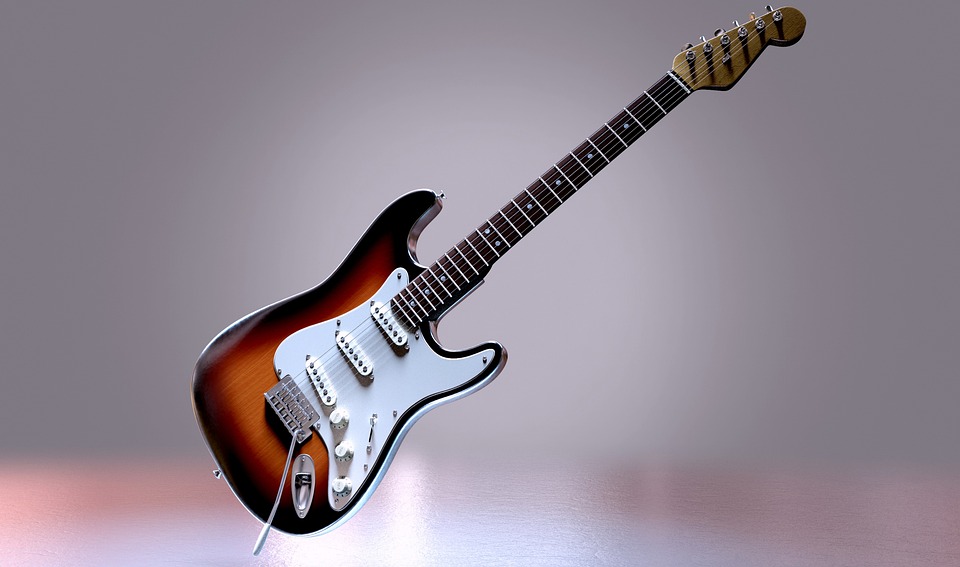
[ad_1]
The Ultimate Guide to Understanding Guitar Music Theory
Introduction
Music theory is the foundation of all music. It is the framework that supports the art of making music and understanding how it works. For many guitar players, music theory can be a daunting subject, but it is an essential part of becoming a well-rounded musician. In this guide, we will explore the basics of music theory as it applies to the guitar, and provide you with the tools you need to understand and apply these concepts to your playing.
Part 1: The Basics
1.1 The Basics of Musical Notation
Understanding musical notation is the first step in understanding music theory. Musical notes are represented by symbols that indicate pitch, duration, and other musical qualities. On the guitar, these notes are represented by the placement of the fingers on the fretboard, as well as by the positioning of the strings.
1.2 Scales and Intervals
Scales are a fundamental part of music theory. A scale is a series of notes that are played in a specific order, and they form the basic building blocks of melody and harmony. Intervals, on the other hand, are the distances between the notes in a scale, and they are crucial in understanding how chords and melodies are constructed.
1.3 Chords and Chord Progressions
Chords are a group of notes played simultaneously, and they form the backbone of harmony in music. Understanding how chords are constructed and how they relate to one another is essential for any guitarist. Chord progressions are a sequence of chords that are played in a specific order, and they are crucial in understanding how songs are structured.
Part 2: Guitar-specific Concepts
2.1 Understanding the Fretboard
The fretboard is the backbone of the guitar, and understanding how it works is crucial for any guitarist. Knowing the names of the notes, as well as the scales and chords that can be played on each string, is essential for understanding how to navigate the fretboard.
2.2 Open and Barre Chords
Open and barre chords are two fundamental types of chords that all guitarists need to know. Open chords are played using open strings, while barre chords are played using the index finger to lay across the entire fretboard. Understanding how these chords are constructed and how to move between them is essential for any guitarist.
2.3 The CAGED System
The CAGED system is a method for understanding the fretboard and how chords and scales are connected. It is based on the five basic chord shapes: C, A, G, E, and D. Understanding and applying the CAGED system is crucial for any guitarist looking to expand their knowledge of the fretboard.
Part 3: Advanced Concepts
3.1 Modes
Modes are a set of scales that are derived from the major scale, and they are crucial for understanding how to create different moods and emotions in music. There are seven modes, each with its own unique sound and feel, and understanding how to apply them to your playing will greatly expand your musical vocabulary.
3.2 Chord Extensions and Alterations
Chord extensions and alterations are additional notes that can be added to a chord to give it a richer and more complex sound. Understanding how to add these extensions and alterations to your chords can greatly enhance your playing and allow you to add more color and texture to your music.
3.3 Harmony and Counterpoint
Harmony is the combination of different musical notes played simultaneously, and it is crucial for understanding how to create rich and complex sounds in your playing. Counterpoint, on the other hand, is the combination of different melodies that are played simultaneously, and it is essential for understanding how to create intricate and layered music.
Conclusion
Understanding music theory is an essential part of becoming a well-rounded musician, and it is crucial for any guitarist looking to expand their knowledge and skills. By understanding the basics of musical notation, scales and intervals, and chords and chord progressions, as well as guitar-specific concepts like the fretboard, open and barre chords, and the CAGED system, you can greatly enhance your playing and become a more versatile musician. And by delving into advanced concepts like modes, chord extensions and alterations, and harmony and counterpoint, you can take your playing to the next level and create rich and complex music that will captivate and inspire your listeners. As you continue to explore and apply these concepts to your playing, you will find that your musical vocabulary and understanding will grow, and you will become a more well-rounded and competent musician.
[ad_2]
